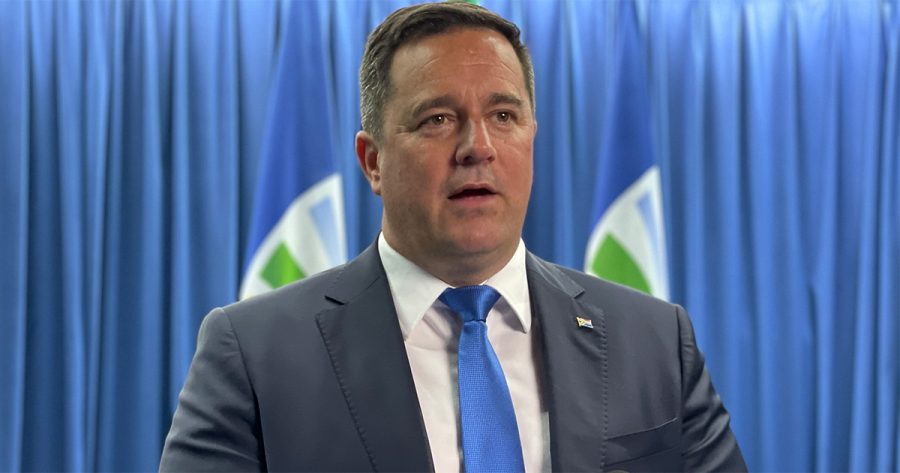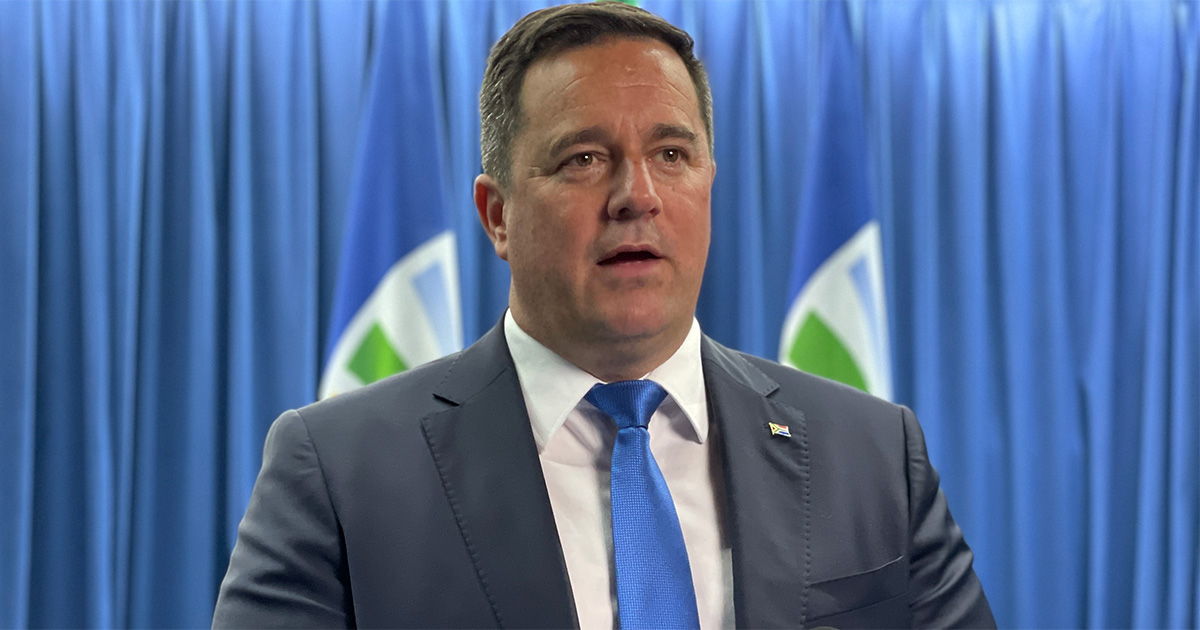
John Steenhuisen: For as Long as the ANC is in Power, You Will Have Less and Less Power
JUST IN: Nersa has approved 18.65% Eskom tariff increase. (See video below.) I have written to President Ramaphosa to request an urgent meeting about Eskom and the growing power crisis, which now has South Africa on stage 6 until further notice… writes DA Leader, John Steenhuisen. I want to hear from him first-hand why his government […]

JUST IN: Nersa has approved 18.65% Eskom tariff increase. (See video below.)
I have written to President Ramaphosa to request an urgent meeting about Eskom and the growing power crisis, which now has South Africa on stage 6 until further notice… writes DA Leader, John Steenhuisen.
I want to hear from him first-hand why his government refuses to implement the very obvious solutions to this crisis. These solutions have not changed. Both the DA and many energy experts have been proposing them for years:
- Unbundle Eskom into separate transmission, distribution and generation entities and open the market for electricity generation to private power producers
- Appoint skilled engineers to run the transmission, distribution and generation elements of Eskom, and stop all political interference
- Declare a ring-fenced State of Disaster in order to exempt Eskom from all obstacles to efficient spending and rapid decision-making, such as localisation and BEE legislation
- Ramp up security at all key Eskom sites and deal decisively and harshly with saboteurs
- Do everything possible to enable private generation to come online soonest, such as lifting the 100MW cap
But instead of announcing progress on any of these, Ramaphosa’s first act in his second term as ANC president was to deal yet another blow to Eskom by announcing that the utility will be moved from the Ministry of Public Enterprises to the Ministry of Energy, under coal dinosaur Gwede Mantashe.
Nothing could better underscore the fact that while the ANC is in power, the electricity crisis is only going to get worse and worse.
My advice to all households and businesses in South Africa, whether poor or rich, small or large, is to do everything you can to shield yourself from load-shedding.
For as long as the ANC is in power, you will have less and less power. Eskom is in a death spiral and the government has no will or intention to do anything about it, because the ANC’s vast patronage network benefits hugely from the status quo.
It is a brutally efficient extraction system that is plugged into SA’s energy system at every stage of the value chain and sucking it dry.
South Africans, you are on your own.
If you look at the trend of load-shedding over the past few years, it is clear that things are going to get a lot worse.
The number of days of load shedding per year has grown exponentially, from 141 hours (6 days) in 2018 to 534 hours (22 days) in 2019 to 844 hours (35 days) in 2020 to 1153 hours (48 days) in 2021, to 3776 (157 days) in 2022. In 2023, it will get even worse.
The electricity crisis is now the single biggest threat to SA’s well-being. It is doing profound economic and social harm.
Last year, it cost South Africa R560 billion rand in lost productivity. This translated directly to more poverty, more unemployment, more inequality and more crime.
We’ve had a full year of load shedding altogether since 2015. That’s a full year of economic activity lost to our economy.
Where the DA governs, we are taking several steps to shield citizens from this crisis.
- DA-run Cape Town consistently shields the City’s residents and businesses from 1 and sometimes 2 stages of load-shedding through its Steenbras hydroelectric pumped storage system. Till now, this has protected the City from over 60% of Eskom’s load-shedding. The system requires excellent ongoing maintenance and management, as it is under constant pressure.
- Cape Town has a fully-budgeted 4-year programme to shield residents entirely from up to stage 4 load-shedding. (Beyond stage 4 it gets exponentially more difficult to protect citizens.) The City has implemented a first round of the bidding process for independent power producers, for a total capacity of 300MW, mostly solar power, to come online from 2026. A second round of 500MW will go to market in 3 weeks time and this power is also expected to come online in 2026.
- To complement this programme, the City has implemented a programme of buying surplus solar-generated electricity from commercial entities. This is to encourage businesses, and eventually households too, to install rooftop solar panels.
- Cape Town is the only City to have implemented a wheeling power pilot, in which a number of private entities sell power they have generated to third parties using the city’s distribution system, for a small fee.
- Currently, around 90% of Western Cape municipalities allow small-scale renewable energy to feed into the grid. 20 municipalities compensate households or businesses that feed excess energy back into the network.
- The City of Johannesburg has allocated 30% of its 70-billion budget towards boosting City Power.
- The City of Ekurhuleni has approved 47 independent power producers that will connect directly to the City‘s electricity grid to offset the impact of load-shedding.
If South Africans want power, they are going to have to take away the ANC’s power to govern and give it to the DA. They are going to have to use the immense power of their vote, to vote for it.
By DA Leader, John Steenhuisen
— NERSA_ZA (@NERSA_ZA) January 12, 2023